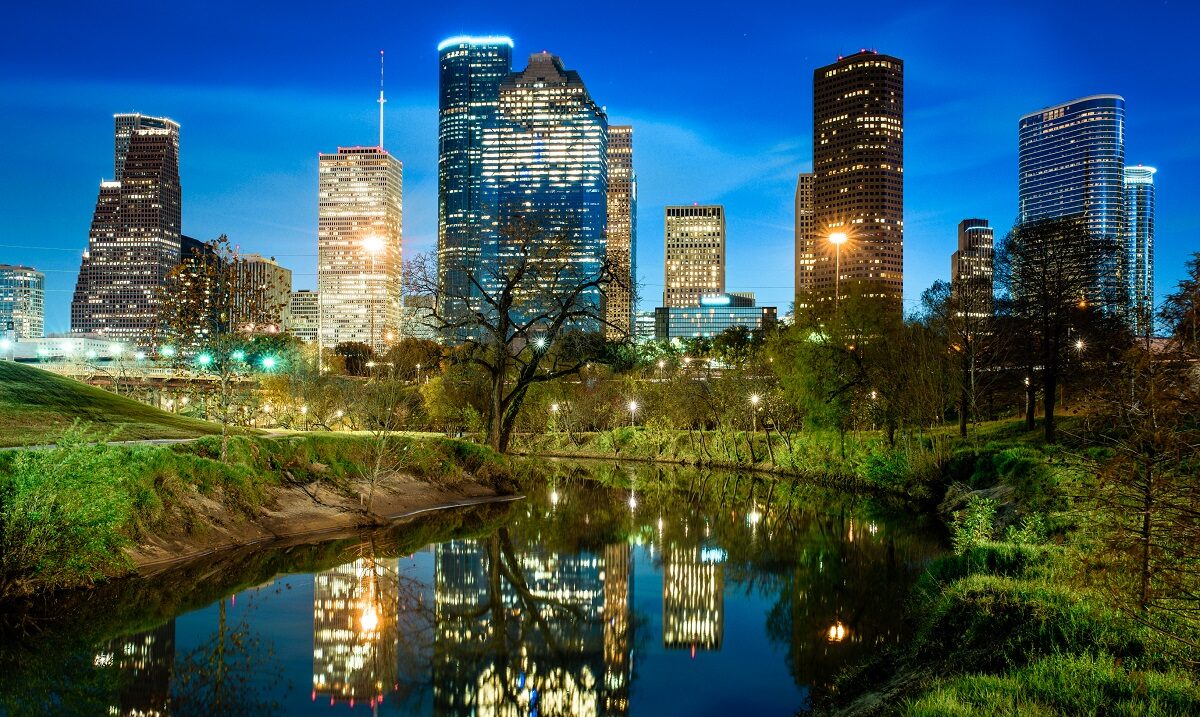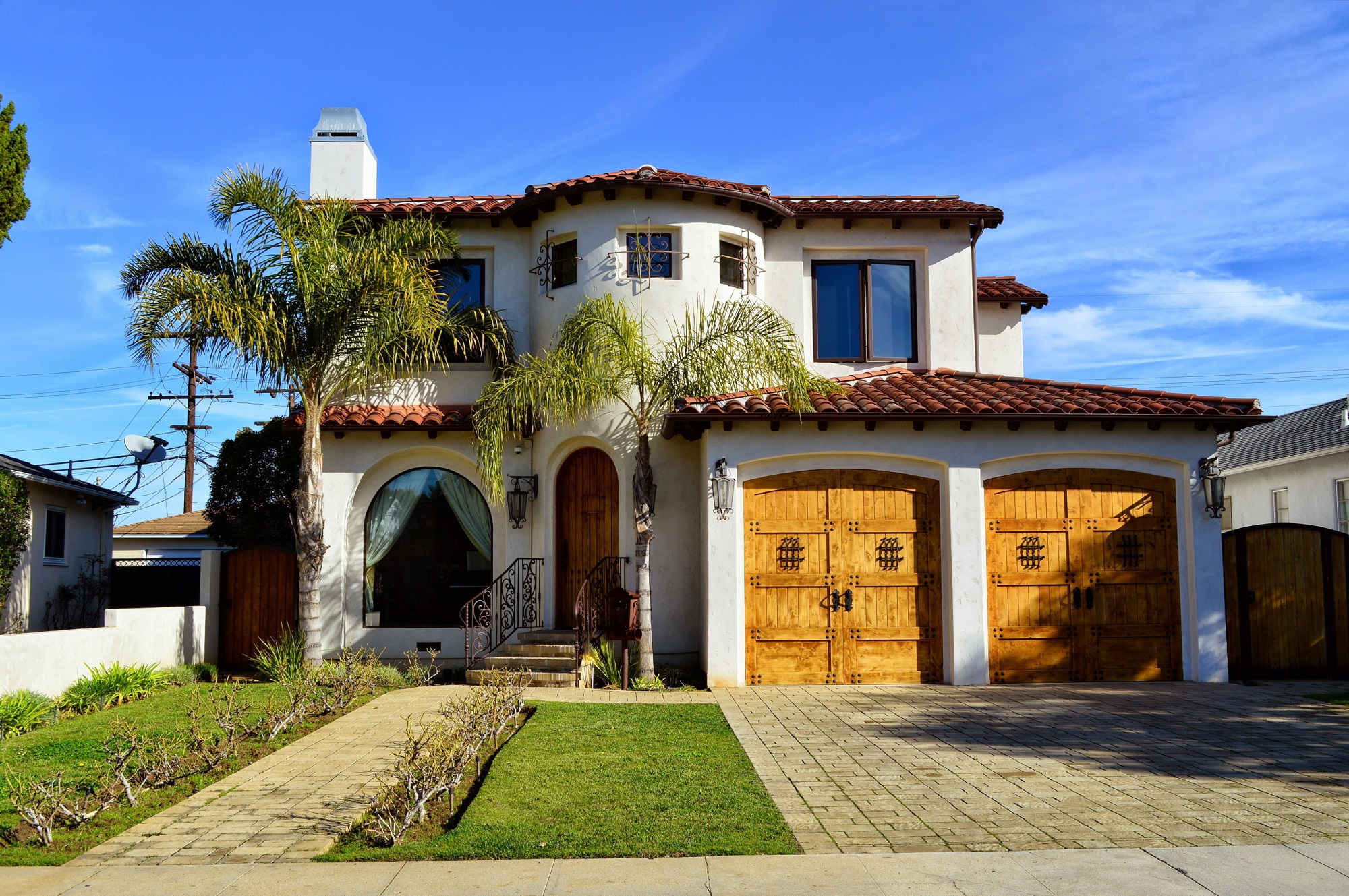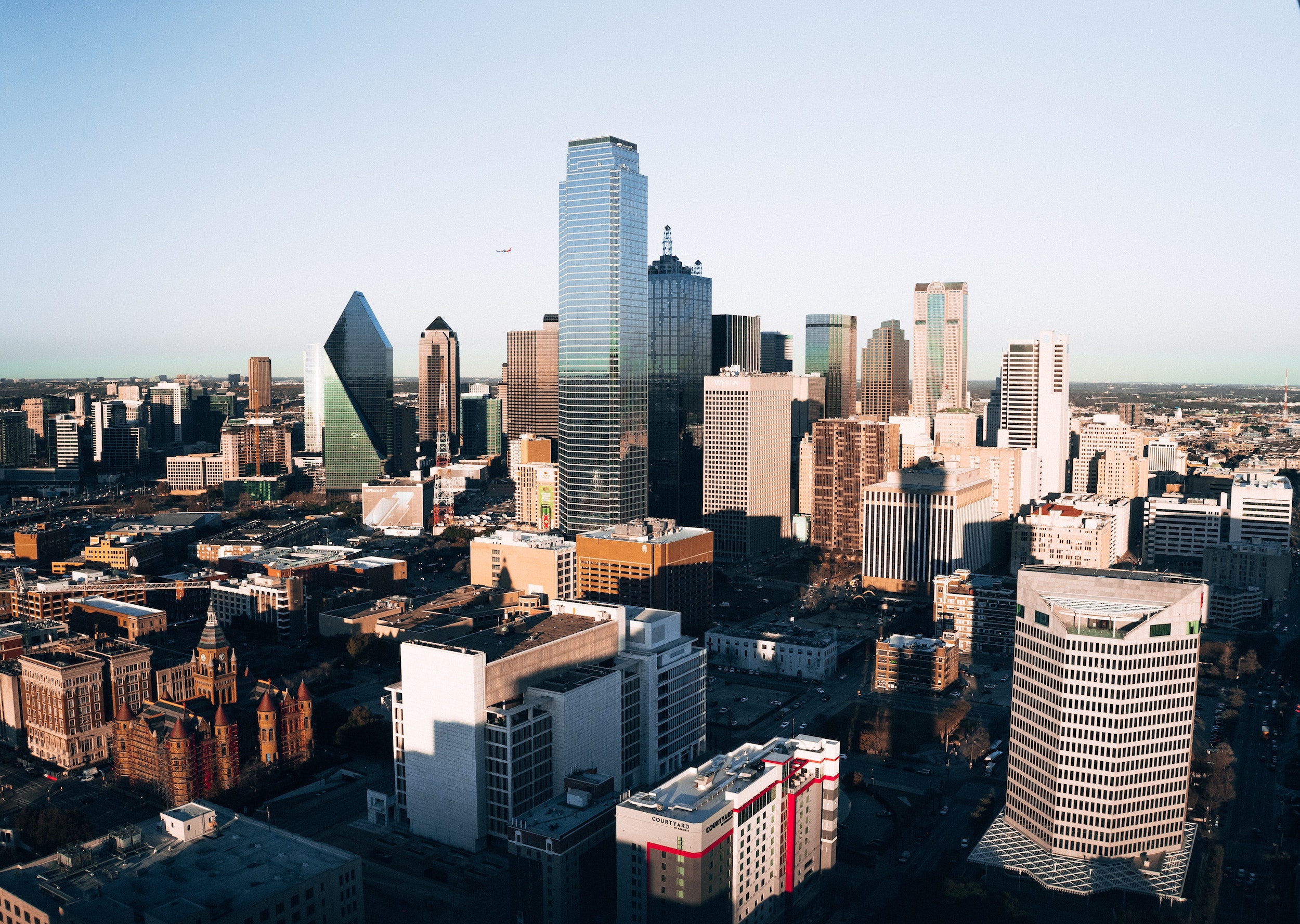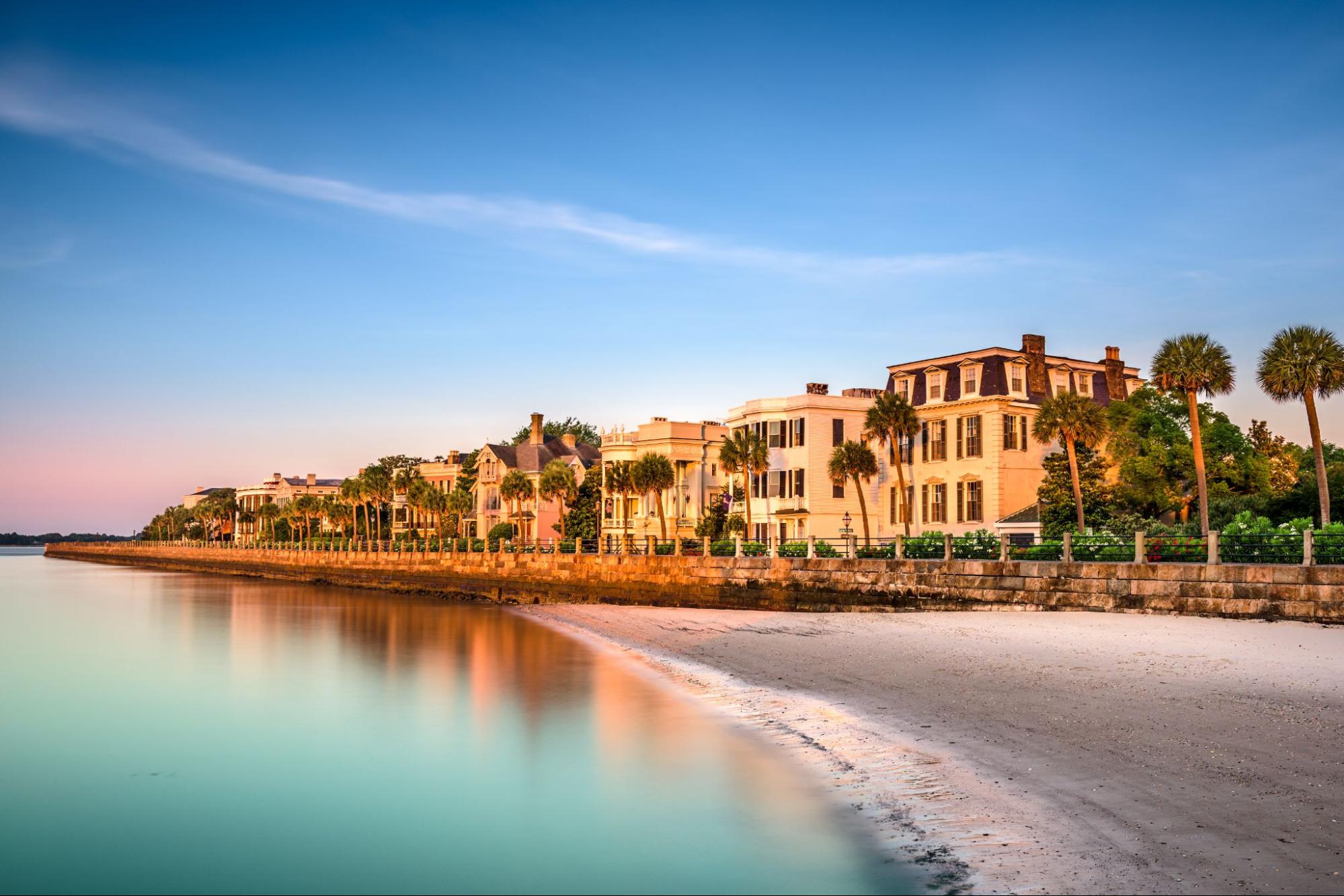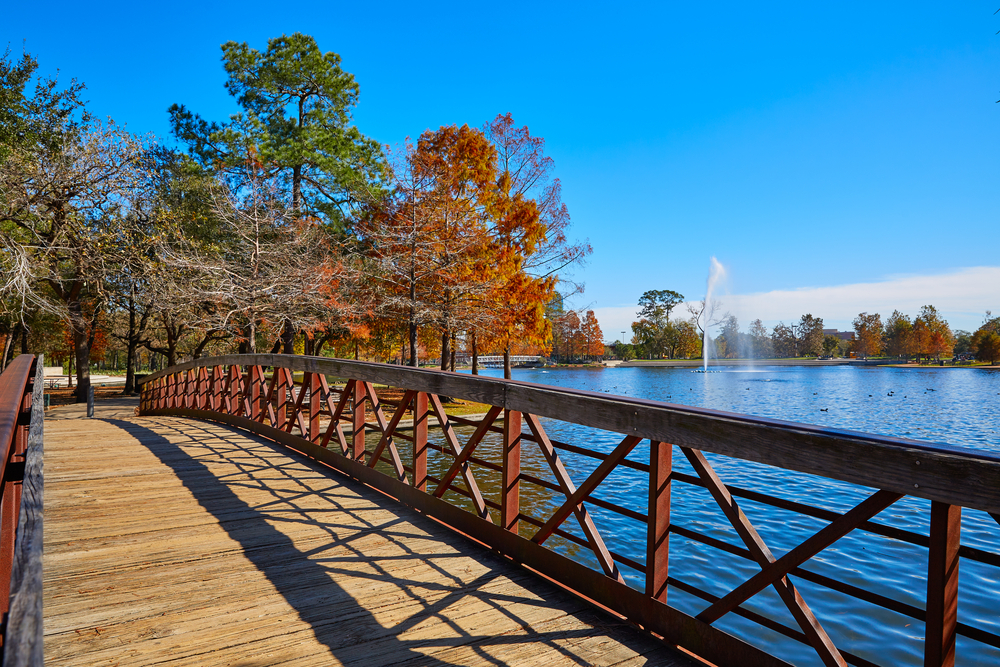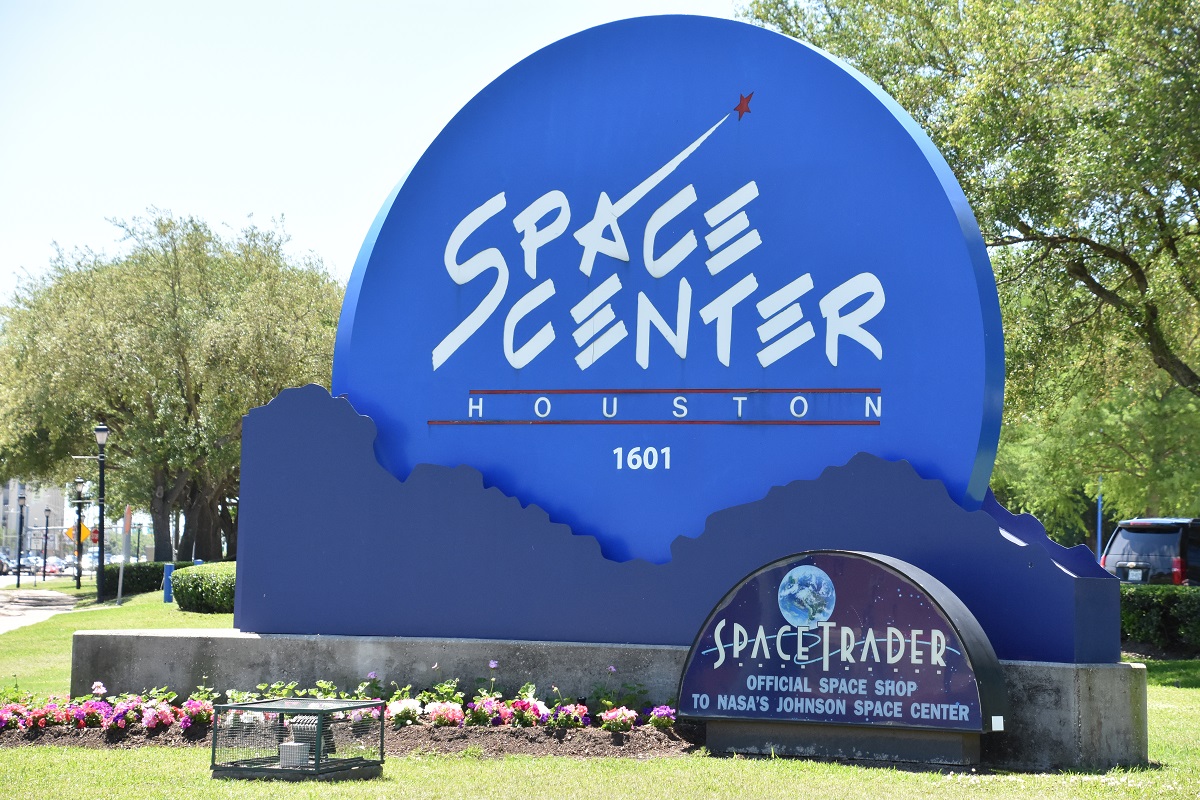
Moving to Houston: A Guide for New Residents
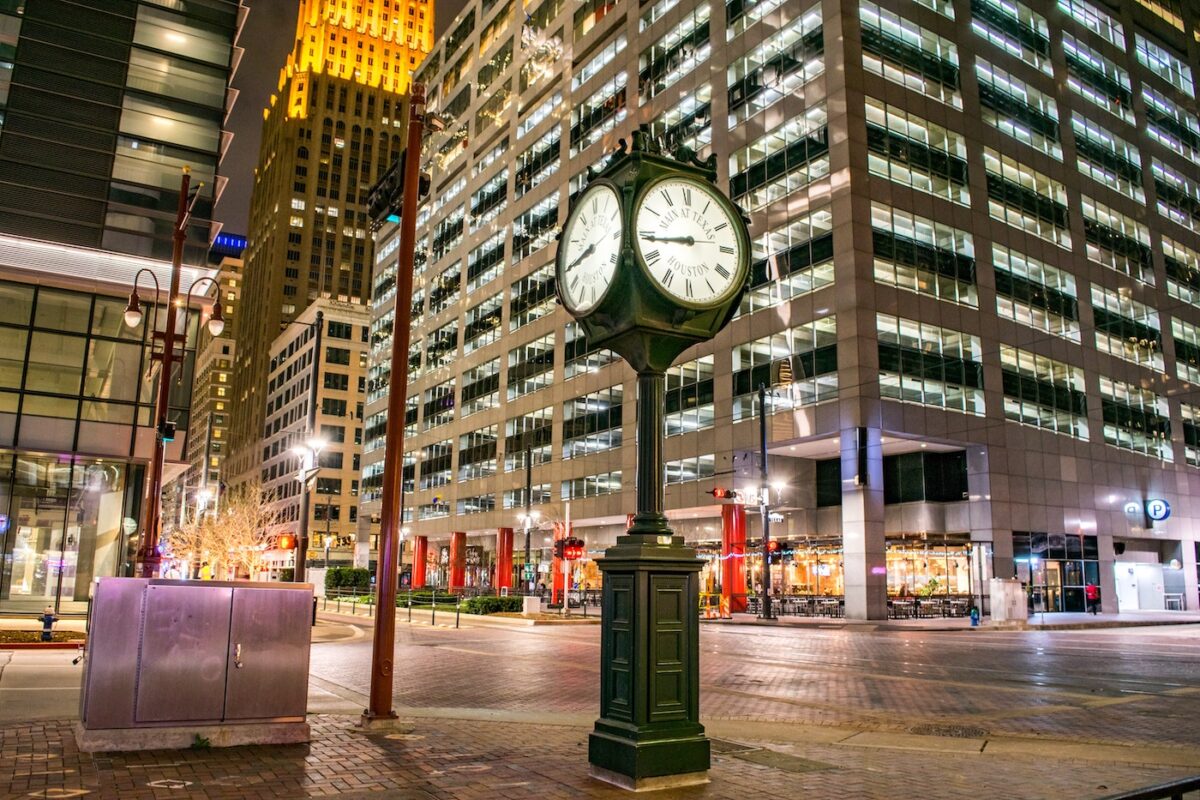
Bigger than Chicago, New York, and even Los Angeles, Houston, Texas, makes it easy for new residents to live large among its affordable and eclectic neighborhoods. These havens beckon everyone from foodies and artisans to health professionals and scientists.
If you’re considering moving to Houston, you may find this area to be a little overwhelming at first. Use this guide to learn everything you need to know about moving to Houston, Texas, including:
- Houston at a glance
- Weather and climate
- Transportation
- Cost of living
- Demographics
- Entertainment and nightlife
- Best neighborhoods in Houston
Let’s get started!
Houston at a glance
Like we said, Houston’s big. It is Texas, after all, and as the saying goes, “Everything’s bigger in Texas.” So let’s start by getting acquainted with just how big the city is and who lives there and why.
If you were to lump Austin, Boston, Chicago, Dallas, New York City, and Seattle into the Houston Metro’s Harris County area, they’d all fit, with room to hang your hat. Houston covers 1,700 square miles. If this nine-country metro area were a state, it would rank 45th in the nation in terms of size.
Area aside, the city of Houston has over 2.3 million residents and is the largest city in Texas. If you’re looking for big-city anonymity, you can find it here. There are no real zoning laws at work in the area, so you are likely to find homes interspersed with boutiques and larger businesses throughout the metro area. Despite that, the Houston Association of Realtors Multiple Listing Services closes on a property on an average of one every four-and-a-half minutes.
Houston ranks third in the nation for Fortune 500 companies if you’re looking to build your corporate career here. The city ranks second in the Global Fortune 500, home to many international finance, oil, and gas exploration companies. Houston trades with over 200 countries. Downtown residents speak over 145 different languages and are represented by 90 different consulates.
Despite two major hurricanes, a couple of economic downturns, and the COVID-19 pandemic, the metro area has gained over 1.5 million residents. Over half a million new jobs were added and over $140 billion was infused into the economy. This recouped Houston’s losses in a mere two years after its Great Recession.
Large employers such as Houston Methodist, ExxonMobil, the University of Texas, JPMorgan Chase, Boeing, CVS Health, and FedEx continue to make Houston home to both established and boutique businesses.
Weather and climate
Sunshine and warmth prevail in Houston about 60 percent of the year. Its climate is humid and subtropical, with tropical influences that keep summer temperatures averaging 93 degrees Fahrenheit in July. Humidity stays above 50 percent as a rule, and the wind never averages more than about eight miles an hour.
Winter temperatures average 63 degrees, and Houston has only had 16 measurable snowfalls since 1939. Houston’s recorded snowfall has never exceeded three inches, so it’s not exactly a haven for winter sports enthusiasts.
Relocating to Houston
A lower cost of living coupled with world-class amenities makes Houston a top contender for those wanting to relocate to Texas. But how does Houston compare to other cities?
Transportation
Everyone seems to drive in Houston, as the city is spread out over 655 square miles and the metro area lies over 9,444 square miles. The average commute takes about 31 minutes, which isn’t too bad for a large metro area. People even drive in the heart of downtown since there’s no real public transportation system, aside from a few buses and a train that makes stops between downtown and the Med Center.
Housing is practically nonexistent downtown—it’s mainly office buildings and a few restaurants—so a car is a must to get around.
Cost of living
The downtown area may not be well-suited for residential homes and apartments, but owners outnumber renters in the metro area two to one. Montrose, the Heights, and the very expensive River Oaks being known for being the top “hot” neighborhoods to check out.
The median household income for a family of five in Houston is $85,550, according to the City of Houston Housing and Community Development. However, the median family income runs around $70,000 annually.
The median value of area homes is $219,100, while the average apartment rents for an average of $1,046 per month. Despite a few upscale neighborhoods in the area, Houston ranks high in overall affordability.
Demographics
It’s always important to know a city’s demographic. Not only does it help you make some decisions regarding a city you’d like to relocate to, but it helps city planners plan for the future. How does Houston shape up demographically, and what does that mean to you?
According to the U.S. Census Bureau, here are the main statistics to check out:
- About one in four (23.4 percent) of Houston residents were born outside the United States. Since 2010, around 357,000 people have immigrated to the city and surrounding areas as compared to about 387,000 domestically. Most have emigrated from Latin America, Asia, Africa, and Europe.
- There were 902 refugees resettled in Texas in 2020.
- Houston itself represents about one-third of the metro area’s population.
- The five- to 17-year-old group represents the highest age demographic. However, young to middle-aged adults 18 to 64 make up 62.2 percent, while seniors 65 and over represent roughly 12 percent of the demographic. The median age of the Houston metro area is about 35 years old.
- As far as race and ethnicity are concerned, the area is composed of 38 percent Hispanic, 35 percent white, 17% African-American, and 8% people of Asian descent.
- There are nearly 2.5 million households in the metro area, with an average household size of three people.
- Over one-third of Metro Houston’s population has a bachelor’s degree or higher. This creates lots of competition for white-collar professionals.
Houston’s diverse population is predicted to grow in the coming year. Experts anticipate that growth will springboard the city into the No. 3 spot for population nationwide. With that growth comes an influx of neighborhood opportunities and entertainment options.
Entertainment and nightlife
Nearly 25 million tourists visited Houston in 2019. There’s always something going on in the metro area! Here’s a sample of the art and performance culture:
- Performance arts include ballet, drama, and opera. All told, there are more than 550 such institutions in the city. There are 17 blocks designated as the Theater District in downtown Houston.
- Alley Theatre produces up to 16 plays annually, and its two stages make it home to nearly 500 performances every year.
- The Houston Ballet is the nation’s fifth-largest professional dance company.
- The Grammy Award-winning Houston Symphony Orchestra not only provides over 900 community-based performances each year, but the 88-member professional ensemble also tours internationally.
- The Galleria, located in the heart of uptown Houston, features everything you need for a day’s worth of shopping, eating, and pampering. Oh, and while you’re shopping at Armani, have a bite at JOEY Uptown and take in a show.
If you’re more into casual nightlife and varied cuisine, check out these neighborhood hot spots:
- Tiny Champions: This restaurant serves pizza and pasta on Houston’s east side and is known for being easy-going and friendly. Plus, there’s no reservations required!
- Nobie’s: This Montrose hotspot was just honored as Tastemaster 2021’s Restaurant of the Year! If you like your music loud, make a reservation for indoor dining. If you like more subdued music with your noshing, sit on the outdoor patio.
- Bludorn: Also located in Montrose, Bludorn features a seasonal menu serving up New American and French-inspired cuisine. Handcrafted cocktails and global wines showcase the chef’s seafood and burgers. Private dining is also available for your family and friends.
- Nancy’s Hustle: If you like the ambiance of a cozy, modern bistro and neighborhood wine bar, check out Nancy’s Hustle on the east side of town, affectionately known as EaDo or “East Downtown.” Both reservations and walk-ins are accepted for indoor and patio dining.
- Torchy’s Tacos: This chain taco joint in the Houston Heights neighborhood serves up a full bar and patio dining. If you don’t fancy lettuce on your taco, ask them to “make it trashy.” If you do, make sure you’re a huge fan of cheese!
Montrose is one of those eclectic, everyone-wants-to-go-there neighborhoods, and part of the reason is Uchi’s Japanese cuisine. Sure, it’s non-traditional and chef-prepared, but it’s also award-winning and just under two miles from Houston’s Museum District. Enjoy the haute cuisine and high art while you’re eating your sushi.
The hottest Houston neighborhoods
We’ve touched on Montrose, River Oaks, and The Heights, but the West University, Upper Kirby, Midtown, and Bellaire are neighborhoods to check out before relocating to Houston. In “The Loop” you’ll find homes listing for millions of dollars(River Oaks and Bellaire) to just over $250,000 (downtown Houston and the Medical Center neighborhoods).
One caveat before choosing any neighborhood is that you can build pretty much anywhere in Houston, as there are no real zoning laws. If you come from a city where you have to pay for and wield your permit before building anything, it may seem weird to see high rises in a residential neighborhood. Most homes in The Loop are single-family homes, but there’s an above-average number of condos and townhomes as well as rentals.
The centrally located Montrose is known for its walkability and diverse culture. You’ll amble past old 1920 mansions, modern homes, and luxury condos. While you’re out walking, stop into one of the dive bars, pubs, and boutiques that give this neighborhood its Bohemian flavor.
The exclusive River Oaks neighborhood is upscale, with homes well over the million-dollar mark. The 1,100-acre neighborhood works hard to keep commercial establishments at bay—you’ll find plenty of deed restrictions here. If a mansion with tree-lined streets is on your radar and you want Houston’s downtown amenities and hospital within minutes of home, River Oaks may be for you.
The Heights, West University, Upper Kirby, Midtown, and Bellaire have something for everyone’s lifestyle and budget.
Live with Landing in Houston
Relocating ranks up there as one of life’s most stressful moments, but Landing can help guide you through your transition and hook you up with the best apartment in Houston that fits your budget and lifestyle. We’re experts in connecting you with furnished apartments—even pet-friendly ones!—that will make life comfortable and convenient, whether you’re in Houston for a couple of months or in it for the long haul.
So be that explorer. We will be your guide. Browse our available apartments in Houston today.

